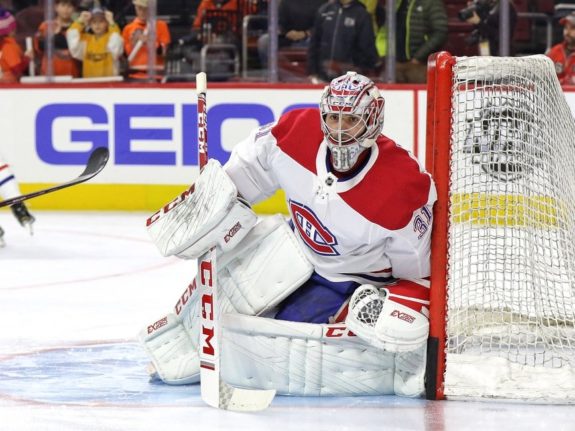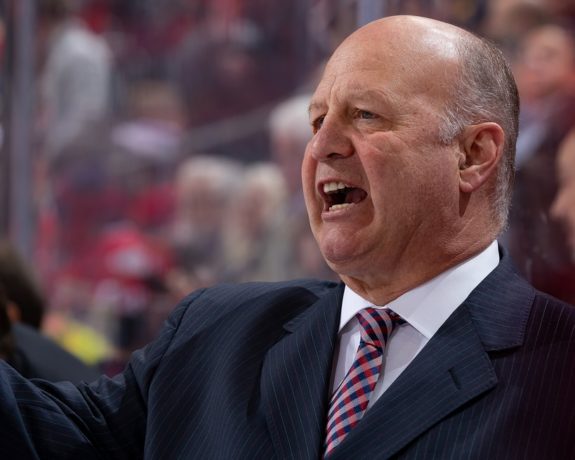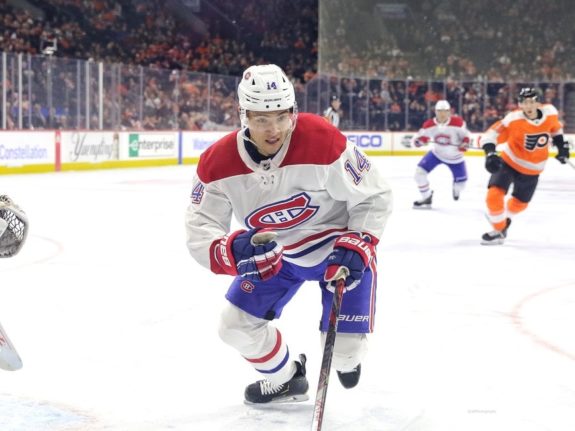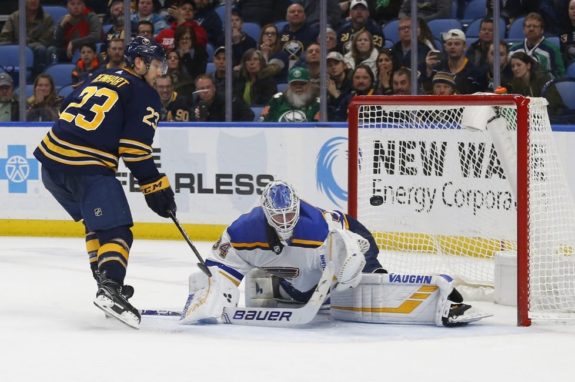Many were excited to see the supposedly new and improved Montreal Canadiens after general manager Marc Bergevin made some key additions during the offseason. Here are the takeaways after the Habs earned two wins and an overtime loss in the first week of the 2020-21 season.
Special Teams
Last season, the Canadiens’ special teams had a hard time keeping up with the rest of the league. Despite being led by All-Star goaltender Carey Price, the team’s penalty kill (PK) was 19th in the league with a 78.7% success rate. What’s worse, that was their better special teams stat as their power play (PP) had a woeful 17.7% success rate, ranked 22nd in the NHL.

One way to identify the impact a team’s special teams can have on their success is to add the PP and PK percentages together. A score of 100 would mean that their special teams had a net neutral impact on the team’s outcomes over an entire season, as the goal differential should be about even at that score.
With a strong five on five (5v5) team as the Canadiens have, having a special teams score of 100 should be the minimum target. At that level, the impact of either one would be negligible as the production of the two special teams would essentially cancel each other out, allowing the strength of the team – the 5v5 play – to become the defining force behind the team’s goal differential (GD). In 2019-20, the Canadiens’ combined special teams equalled 96.4, which helps explain their negative goal differential of minus-12.
The Habs’ special teams in the first week of the 2020-21 season have shown a remarkable contrast. After three games, their PP ranks fourth in the NHL with a 40% success rate and their PK is 14th at 85.7%. Their special teams’ combined value is 125.7, which means they are having a positive impact on a game’s outcome, which can only help a strong 5v5 team like the Canadiens.
There is some luck involved here, but head coach Claude Julien’s new systems have paid early dividends. The coaching staff is using two power-play strategies: a one-three-one set up that has generated high danger scoring opportunities, while the second wave has used the traditional approach of shooting from everywhere.
However, both power-play units have been able to enter the zone and retain possession. With the new roster, the two strategies will have the biggest impact on the success of the PP. The second wave using a dump and chase style, which plays to the strengths in Anderson and Gallagher’s games, while the first wave relies on Suzuki and Drouin to make controlled entries using their playmaking to confuse defenders. Making it difficult to game plan against the Canadiens as they remain less predictable.

Despite being in the middle of the pack statistically, the penalty kill has been a bright spot for the Canadiens. In 14 penalties in their first three games, they have only allowed two goals, and they have scored two shorthanded.
Discipline
The new and improved roster has demonstrated that they are a fast and physical team, capable of playing many styles successfully. However, one thing is missing to keep them on track: team discipline. Taking multiple penalties in a row has been a common theme early; they take penalties like I eat Lays potato chips – you can’t have just one.
It’s a habit they’ll need to break. In the season opener against the Toronto Maple Leafs, the Canadiens took four penalties in a row against one of the NHL’s most potent power plays. Two penalties, in particular, did the most damage. Nick Suzuki took a holding penalty and, three seconds later, Shea Weber was called for delay of game after clearing the puck over the glass.
In the first game of the season, the Maple Leafs scored two goals in 81 seconds during that five-on-three, which quickly changed the momentum of the game after the Canadiens had dictated the pace and were leading 3-1. Due to these penalties, Toronto was able to capitalize on their opportunity and used the 5-on-3 to tie the game at three goals apiece late in the second period. This change of momentum allowed Toronto to regain confidence, then find their legs and eventually, they went on to win the game in OT.

In their third game of the season against the Edmonton Oilers, the Canadiens again found themselves in penalty trouble against a very dangerous power play that finished first in the NHL last season with a 29.5% rate.
The Canadiens can reduce their penalties by maintaining possession. One way they can do this is to improve on faceoffs. Gaining possession immediately allows them to control the game instead of reacting to their opponent. Last season, the Canadiens finished the season at 12th in the NHL with a 50.3% success rate.
Thus far this season, the Canadiens sit 27th in the NHL with a faceoff rate of 43.5%. This is an aspect of the game they must improve upon if they hope to become a dominant possession team.
Team Depth
Many hands make light work. This was on display on Monday night against the Oilers as the Habs took seven minor penalties. Depth allowed Julien to use many combinations on his penalty kill and spread out ice time, regardless of who was in the box, to keep his team rested.
Everyone seems to have bought into Julien’s gameplan, which has enabled him to roll all four lines. The even-strength ice time over the first three games for the team’s top-three centers of Phillip Danault, Nick Suzuki and Jesperi Kotkaniemi were all within one minute of each other. For Julien to manage this on the road shows that he is comfortable with his lines and is not as focused on trying to match lines as he has been in the past.

Julien’s comfort is also thanks to the team’s depth, which allows him to build the lines he wants. In the past, he’s shown a tendency to rely on the Danault, Brendan Gallagher and Tomas Tatar line, which has a two-way forward, a skilled puck retrieval player and a player with an excellent shot. Now, he has a top-nine that he can trust to play with speed, physicality and determination. Something other teams are starting to take notice of as Conor McDavid took notice after the game on Saturday.
“They were definitely quicker than us. They got the jump on us early and (Carey) Price was solid all over,” said Connor McDavid (from Robert Tychkowski, Oilers overwhelmed by speedy Canadiens in another lackluster effort, Edmonton Sun, 01/17/2021).
Goaltender Jake Allen also demonstrated in his first game as a Canadien that the team doesn’t need to adjust their game plan when he’s between the pipes. Allen shut the door against the Oilers on Monday night, allowing one goal on 26 shots for a .962 save percentage. He will allow the Canadiens to rest Price more often and still receive quality goaltending.

The depth also allows Julien to use multiple groups to shutdown top players. Without the option to line match, due to playing on the road for all three games so far this season, Julien continued to trust his lines to match-up with the Oilers’ top offensive players.
Julien’s system to take advantage of speed and aggressive forechecking can now be applied by all four lines. The system helped in the recent two-game series against the Oilers, when they used it to limit time and space to the two-headed monster of Connor McDavid and Leon Draisaitl, holding them to one assist total.
While it is still early, the Canadiens’ new lineup has already shown they are capable of playing against some of the top offensive stars in the league. More than 50 games remain in this shortened season, but the early expectations surrounding this team may very well be met.